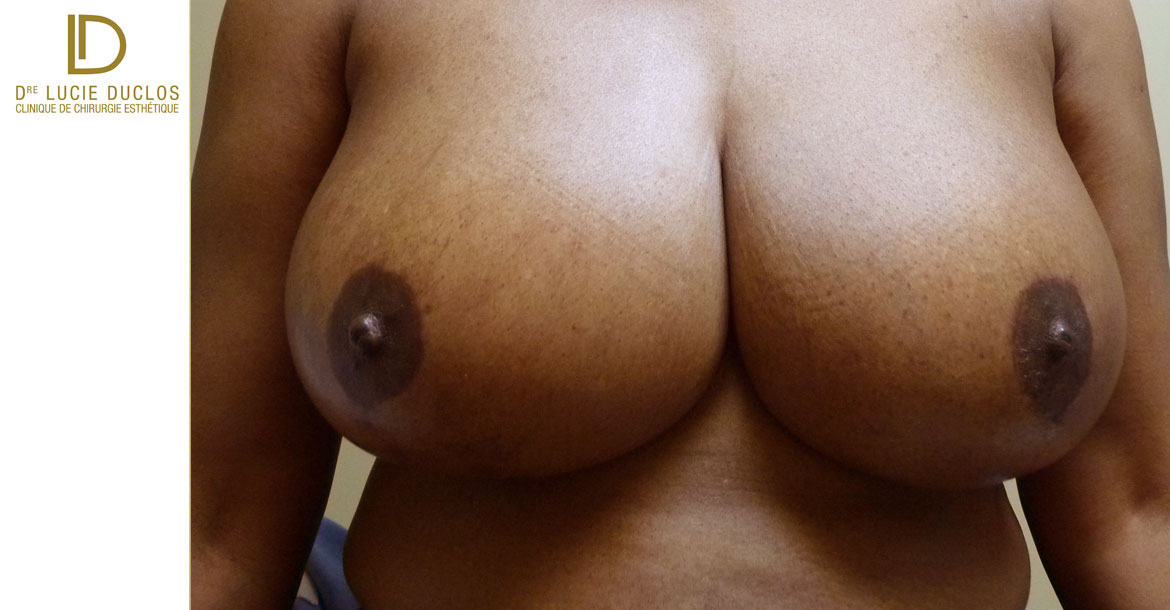Bilateral breast reduction helps relieve discomfort in the cervico-dorsal region and shoulders. It also helps to have better body posture. After this procedure, it may also be easier to get dressed and do physical activities.
Breast reduction can improve your appearance and your self-confidence, but it will not necessarily change the quality of your relationships with others, nor the perception of those around you. Before opting for this intervention, clarify your expectations and discuss them with Dre Duclos. She will be happy to answer all your questions clearly and precisely and to inform you about the most appropriate treatments for your situation. telling you their advantages and disadvantages.
If you plan to lose significant weight, it may be best to delay surgery.
The procedure involves lightening the mammary gland and lifting the breast, which generally relieves muscular tension on the neck, back and shoulders. Dr. Duclos may also advise you on liposuction on each side of the thorax.
-


Avant redrapage et réduction mammaire avant après 1 an postop Après
Then, she will advise you on the most appropriate surgical technique so that the result matches your figure, your height and your weight. She will tell you the exact location of the incisions, determine with you the size of the desired breast and, if necessary, suggest liposuction on the sides of the breasts. Dr. Duclos will also explain the risks inherent to the procedure, provide you with information on its progress, generally under general anesthesia, and give you pre- and post-operative instructions.
Before the procedure you will need to get a suitable bra for the day of the operation (the receptionist can advise you on this). Afterwards, you will then be under observation until your condition allows you to leave the clinic. A prescription for pain medication, instructions and the date of the next appointment will be given to you before your departure. Plan to ask someone to drive you home.
After the procedure, pain is usually mild to moderate in intensity and is generally well relieved with prescribed medication.
During the first month following the procedure, you will have to keep your bra on at all times, except when you take a shower (Dre Duclos will tell you when you can start). You will also need to avoid making large movements with your arms so as not to put tension on the wounds and encourage them to open. In general, you will be able to resume intense sporting activities one month after the procedure. You will need to avoid exposing the scars to sunlight or tanning salon rays for about six months.
Although uncommon and generally minor, complications can occur following the procedure, such as bleeding, hematoma formation, infection, healing problems, wound opening and asymmetry.
Very rarely, necrosis (due to lack of vascularization) can occur and cause, for example, deformation of the areola and nipple. There may also be a temporary loss of sensitivity which, in rare cases, may prove permanent.
This procedure usually has no effect on your ability to breastfeed.

